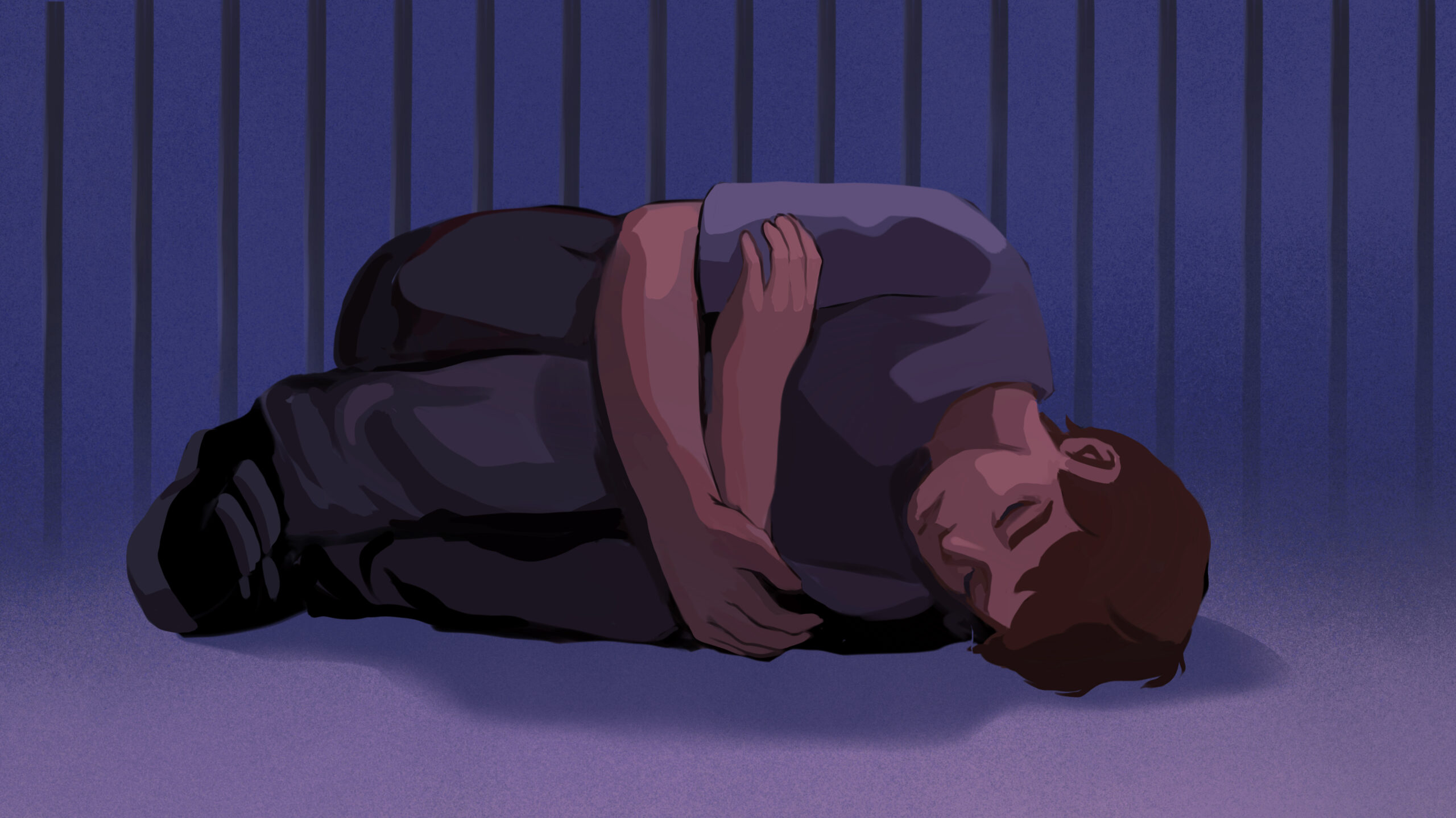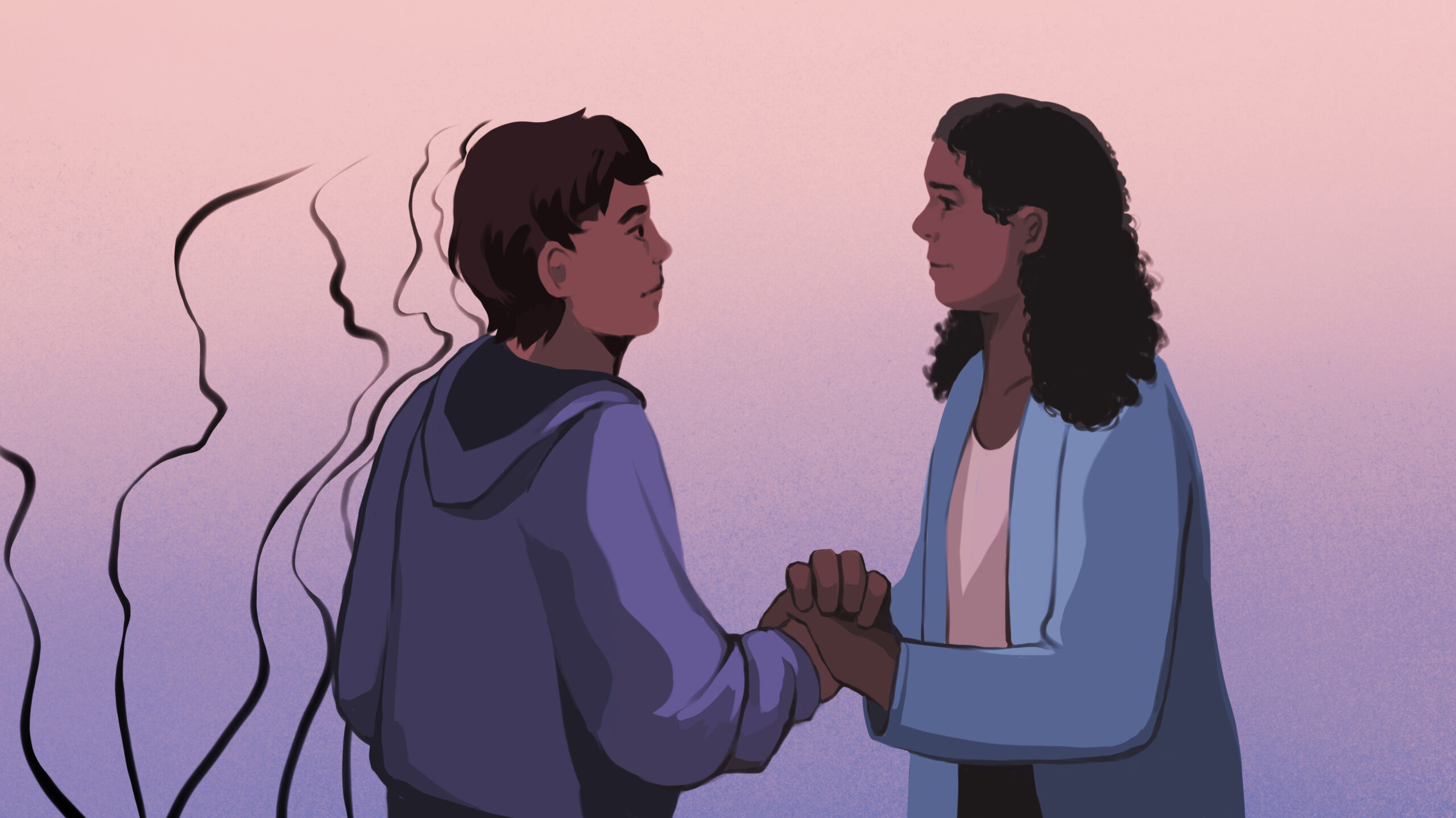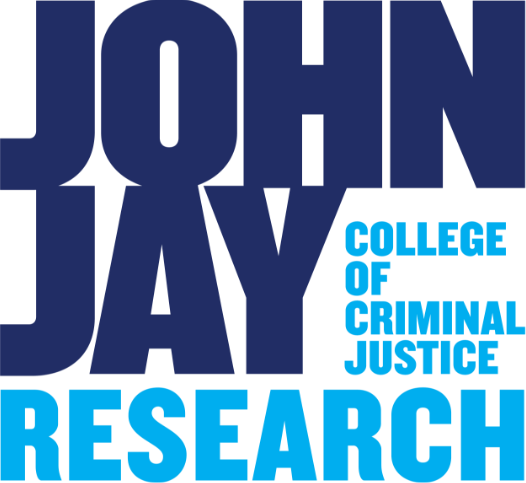NEW RESPONSES TO MENTAL ILLNESS EMERGE IN THE JUSTICE SYSTEM
John Jay researchers are building evidence for less punitive and more helpful approaches to mental health issues
Katarzyna Celinska, Lior Gideon, Aída Martínez-Gómez, Rebecca Weiss, Philip Yanos
Author: Michael Friedrich
Around one in five adults, or 53 million people, experiences mental illness annually in the United States. Those experiencing mental illness are overrepresented in the criminal justice system compared with the general population. More than one in nine adults with co-occurring mental illness and substance use disorders were arrested annually between 2017 and 2019, according to a report by the Pew Charitable Trusts. Broadly speaking, people with mental health issues also make up a large proportion of the incarcerated population: 64% of jail inmates, 54% of state prisoners, and 45% of federal prisoners reported mental health concerns in 2014, according to the American Psychological Association. Those with serious mental health conditions such as schizophrenia and bipolar disorder are less prevalent but also over-represented in prisons, with 6-14% of inmates meeting criteria for these conditions.
“What we see with the criminalization of mental illness is that society has no other way to deal with people with mental illness,” says Dr. Lior Gideon, Professor of Criminal Justice in the Department of Law, Police Science, and Criminal Justice Administration at John Jay College and editor in chief of the journal Health & Justice. “It basically forces them into the criminal justice and correctional systems.”
Beginning in the 1960s, the deinstitutionalization movement substantially decreased the number of people with mental illness residing in state hospitals. But many communities did not develop community-based resources, like supported housing, needed to facilitate successful community life for such people, Gideon explains. The result is that people who would previously have received treatment in hospitals are today funneled into routine police interactions, jail stays, and prison sentences instead.
Faced with this reality, researchers at John Jay are studying the intersections of mental illness with the criminal justice system and building evidence for more helpful approaches that rely on diversion, treatment, and social services. From non-police responders for mental health-related 911 calls to improved services in prison and jail to better interpretation practices for non-English-speaking people, the college is leading the charge on understanding service needs at different points in the criminal legal system for people experiencing mental health issues.
“What we see with the criminalization of mental illness is that society… basically forces people into the criminal justice and correctional systems.”
—Dr. Lior Gideon
“Police training is such that officers are not the best respondents”
At each point of interaction with the criminal justice system — from initial police contact through the court process, incarceration, and reentry — people with mental illness face stigma and enhanced criminalization.
Police are often dispatched to respond to 911 calls seeking help with mental health crises. In many jurisdictions nationwide, a police response is required in such cases. An average officer responds to 188 critical mental health incidents during their career, and 20% of all police calls concern a mental health crisis.
But police are frequently unnecessary in those situations and their presence can exacerbate the problem. Police are more likely to use force when people are experiencing a mental health crisis, and an estimated 25% of police shootings involve someone experiencing a mental health emergency. Research by Dr. Philip Yanos, Professor of Psychology at John Jay, shows that police officers are more likely to endorse negative stereotypes concerning people with mental health issues.
“Police training is such that officers are not the best respondents,” Yanos says. “Once an officer intervenes, stigma comes into play, and it can lead to tragic outcomes.”
To address these problems, many cities are piloting programs that involve a more limited role for police in mental health emergencies, according to Yanos. That includes offering 911 dispatchers the option to send clinicians to a call alone or with police officers. Select districts of New York City are piloting the B-HEARD (Behavioral Health Emergency Assistance Response Division) program, which sends teams of mental health professionals and EMTs to provide care and services at mental health emergency calls, with police summoned for backup only when needed. Yanos is advising an evaluation of the program by Daniel Samost, a clinical Ph.D. student at John Jay.
“We need to appropriately respond to people’s needs and reduce the likelihood that something damaging will happen in a crisis,” Yanos says. “And we need to be systematically studying these programs as we roll them out.”

The “pains of incarceration” with mental illness
When incarcerated, people with mental health issues are subject to practices that can worsen their struggles. Recent research by Dr. Katarzyna Celinska, Associate Professor in the Law, Police Science, and Criminal Justice Administration Department, explores the psychological symptoms of women in state prisons.
“Mental health issues are really central to understanding the experiences of incarcerated women,” Celinska says.
Data shows the majority of women in state and federal prisons exhibit mental health problems, she notes, and those rates are higher among incarcerated women than incarcerated men. The difference is likely attributable to women’s histories of trauma and violent victimization going back to childhood.
For her study, Celinska surveyed 194 women incarcerated in a New Jersey prison to understand their process of prison adjustment and coping methods to deal with separation from their children, families, and friends. With assistance from Ph.D. student Irina Fanarraga, she found that the majority of women reported symptoms of depression or anxiety at least once in the week prior to the study. In fact, visitation with family and friends was associated with increased symptoms of depression, which was likely due to restrictive conditions of visitation.
The study, which will be published in a forthcoming book, concludes that prison regulations around visitation are often burdensome and contribute to depressive symptoms. What mental health treatment is available tends to be crisis-oriented, not long-term. Treatment programs inside tend not to take women’s past experiences of trauma and victimization into account, favoring medication as the primary method of addressing their mental health issues instead.
Celinska says that for people with mental health needs inside prisons, it’s important to make rules less burdensome and facilities more accommodating of visitors. Her findings make clear that letter writing, emails, and phone calls are positive influences on women with mental illnesses. She recommends reducing the cost of calls, making mobile phones more widely available, making prison visitation hours more convenient for families, and creating family-friendly spaces. Prisons should also provide evidence-based treatment and counseling support for women following visitation, because saying goodbye to families is difficult, Celinska says. These measures would contribute to better outcomes over time.
“The majority of women will go back to their communities,” Celinska says. “Our goal should be to help them as much as possible to function once they leave the prison, and to be positive role models for their children.”
People in correctional settings with mental illnesses suffer other day-to-day issues. Many have trouble adjusting to the prison environment and following orders, says Gideon. As a result they can rack up multiple infractions, experience more disciplinary actions, and face a higher risk of being placed in special housing units and solitary confinement, as he wrote in his 2013 book, Special Needs Offenders in Correctional Institutions.
Gideon, who has also studied reintegration, explains that people with mental illnesses face special challenges reentering society following incarceration. They are more likely to lose access to housing, medication, and substance use treatment services. When it comes to employment, Gideon says, formerly incarcerated people with mental health issues suffer a “double stigma,” presenting additional difficulties to successful reentry.
One approach to addressing these harms is incarcerating fewer people with mental illnesses in the first place. Some courts have begun diversion programs. These mental health courts, modeled on drug courts and other special dockets, aim to provide treatment and guidance to help people avoid incarceration while remaining arrest-free.
“They’re trying to divert that segment of the population away from the criminal justice system,” Gideon explains.
The COVID-19 pandemic has also helped raise awareness and change conditions. At an upcoming conference of the European Society of Criminology, Gideon will present recent research findings on the effects of the pandemic on perceptions of punishment. In particular, he will describe how widespread feelings of isolation during the pandemic — followed by anxiety, depression, feelings of loneliness, and melancholy (the mental hardship that is known in correctional studies as the “pains of imprisonment”) — have led to reduced public support of incarceration and home arrest as methods of punishment.
“COVID-19 really brought mental illness to the fore,” Gideon says. “A lot of people, due to isolation, suffered from a lot of anxiety, stress, and depression, and now there’s more attention on mental illness in general.”
“Police training is such that officers are not the best respondents. Once an officer intervenes, stigma comes into play, and it can lead to tragic outcomes.”
—Dr. Philip Yanos

“It’s a question of human rights”
Whether during police contact, in court settings, or in prison, everyone — including people with mental health challenges — must comprehend the criminal justice process.
“For people who have limited English proficiency, the legibility of the legal system is a question of due process,” says Dr. Aída Martínez-Gómez, Associate Professor in John Jay’s Department of Modern Languages and Literatures. “In the justice system more broadly, it’s a question of human rights and linguistic rights. The inability to communicate, to understand what’s happening to you, puts you at an incredible disadvantage.”
Martínez-Gómez and her colleague Dr. Rebecca Weiss, Associate Professor in the Department of Psychology, are currently conducting a study that considers the importance of translation services for non-English speakers in the United States who suffer from mental health issues. Their project seeks to uncover the best ways for clinicians to work with interpreters in making interactions with Spanish-speaking clients as effective as possible.
In 2020, Martínez-Gómez and Weiss began conducting focus groups with mental health clinicians, informal and formal interpreters, and clients. They want to learn what makes good-quality interpretation, what challenges arise, what strategies people use to overcome those challenges, and what actions by clinicians and clients contribute to successful interpretation. While their research is still in the data-collection phase, they hope to use the findings to create a set of guidelines that will hold true across various mental health settings, including the criminal justice system.
The stakes are high for interpretation services in a criminal justice setting, Martínez-Gómez says. Lack of adequate interpretation can damage due process, hamper a person’s ability to understand what is happening, or limit access to the services to which they are entitled.
“Our end goal is to provide evidence-based guidelines for best practice,” she says. “In interpreting practice, sometimes decisions are made based on isolated individual experiences. Grounding those guidelines [instead] in the thoughts and beliefs of the three main stakeholder groups — the clients, the clinicians, and the interpreters — will shed light onto how these processes can better serve the needs of Spanish-speaking users of mental health services.”
The work of these John Jay researchers points the way toward decriminalizing mental illness in the United States and creating a safer, fairer, and more effective system. It also reveals how the country can provide better treatment and services for people in need.
“There’s a driving force today to think about how we can deal with mental health in our society in a way that will not backfire on us,” Gideon says. “We’re beginning to find good solutions.”
“In the justice system, it’s a question of human rights and linguistic rights. The inability to communicate, to understand what’s happening to you, puts you at an incredible disadvantage.”
—Dr. Aída Martínez-Gómez
